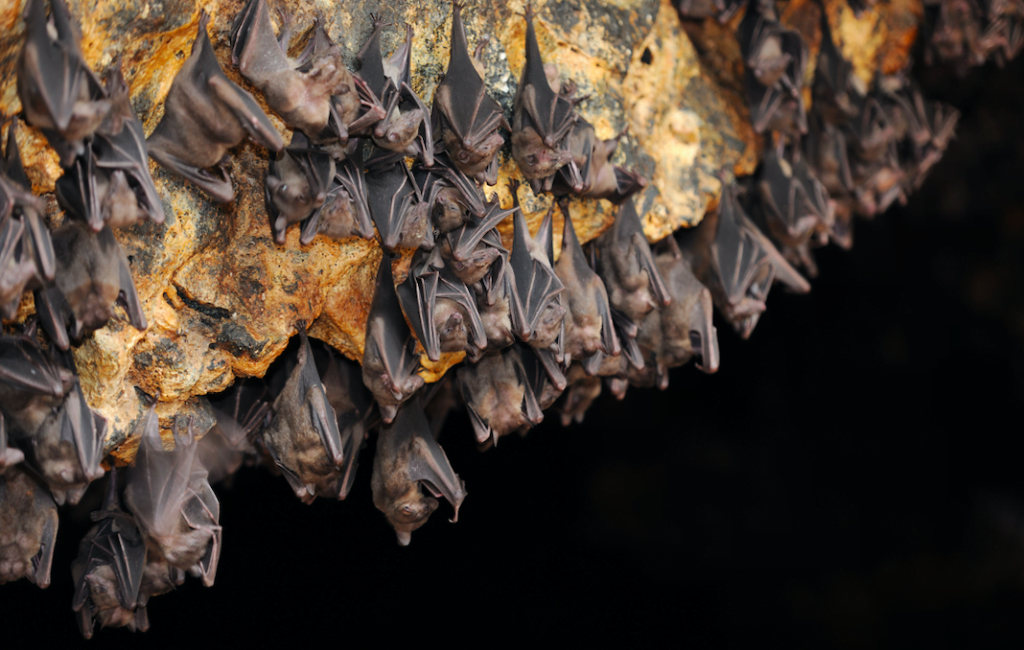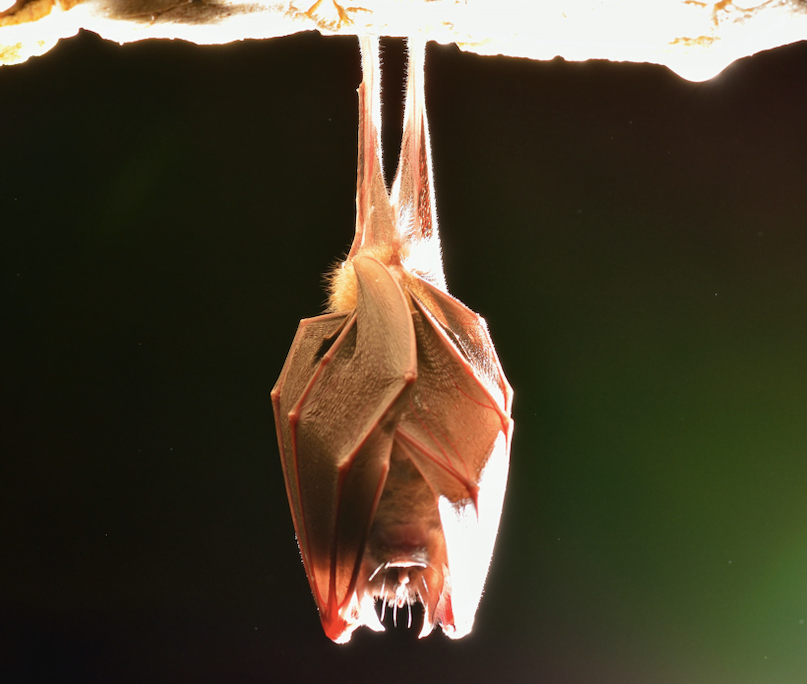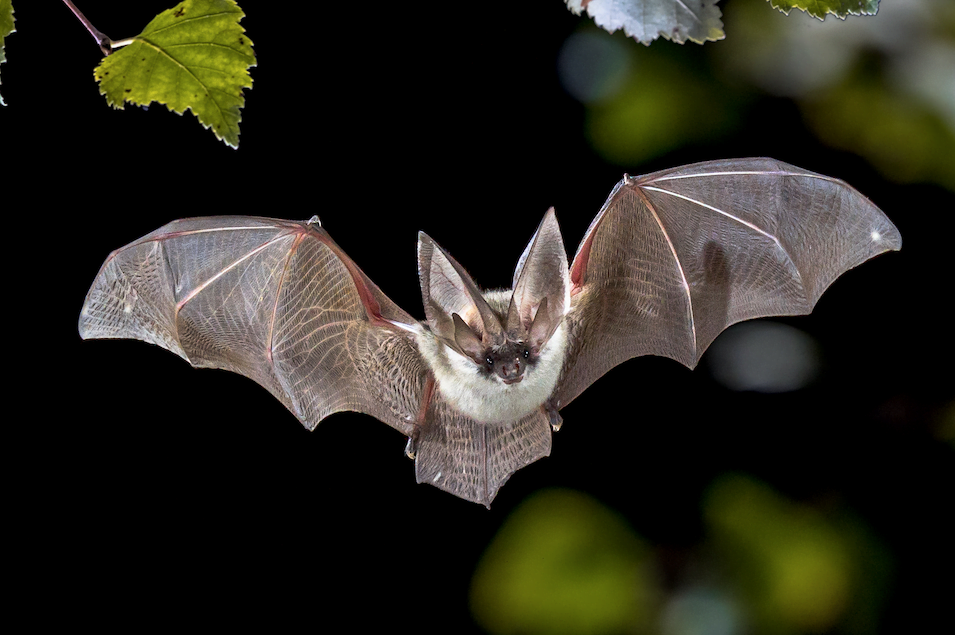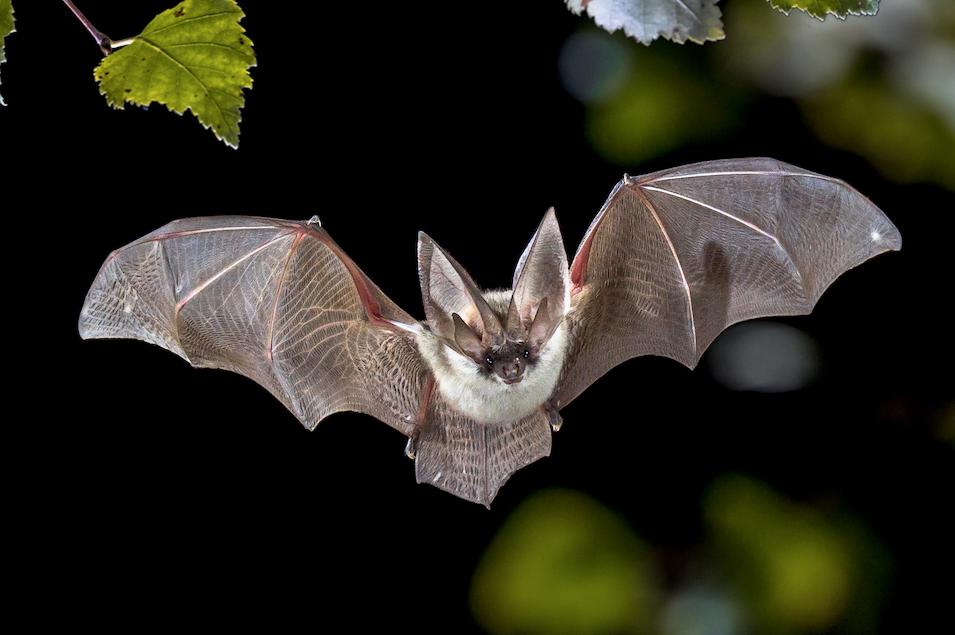10 Bat Facts
Are you just batty about these oft-misunderstood winged wonders? This month sees International Bat Night take place on the last Saturday of August, and the Bat Conservation Trust is keen to involve people in dispelling the myths, increasing the understanding about the welfare of these protected species and raising funds to aid that protection.

Naturally, we’re on board with the initiative, and there’s a whole activity pack that can be downloaded to support the event, from making bat boxes, to creating cute finger puppets and hats, but we’re all in favour of reading up on the guidance and educational resources on offer, as well as taking part in some of the great online events organised to mark the day.
Ten Bat Facts
There are heaps of facts about bats that you probably never really knew – not to mention a few myths that you’ll be glad to hear are just that, so here are a few #batfacts to keep you in the know about our lovely creatures of the night.
- There are 1,400 species of bat globally, though only 18 are native to the UK, all of which are protected species- accounting for 20 per cent of all mammal species.
- Globally, three quarters of bat species eat insects just like all British bats. But in the tropics bats also eat many other foods – fruit, flowers, frogs, fish, blood, even other bats!
- They are NOT blind – far from it. In fact; bats are more closely related to people than mice and they have excellent navigation skills!
- Bats are an ‘indicator’ species: a symbol of a green and healthy environment. Operating at the top of the food chain, bats keep in check the numbers of insects active between the hours of dusk and darkness when birds are largely absent.
- Bats are protected due to declining numbers, partly as a result of intensive farming in the last century, but also because of human threats such development and habitat removal, and attacks from other animals.
- It is illegal to deliberately capture, take, injure or kill a bat, or to recklessly disturb them while they are occupying a structure or sheltering.
- It is also against the law to destroy or damage the breeding or resting place of a bat, whether it is in use or not.
- Bats in the UK are tiny – often just the size of a human finger, and often roost in ‘crevice roosts’, with the gaps in mortar, facia boards and broken tiles on a property being common choices.
- Surveys to ascertain the presence of bats are required prior to the conversion, demolition or modification of buildings, before the installation of wind turbines or floodlighting, before felling or lopping trees, and whenever proposals affect water bodies or are in or adjacent to quarries and cliff faces.
- Destruction of a roost carries heavy penalties of up to £5,000 fines per offence and up to six months imprisonment upon conviction

To avoid disruption to plans due to the presence of bats, arrange surveys as early as possible to ensure that if there is the smallest chance of them being on site, guidance can be sort and mitigation measures put in place.
To discuss the potential presence of bats on site, and the issues they present, contact Harris Lamb’s licenced bat ecologist Stuart at stuart.silver@harrislamb.com.

